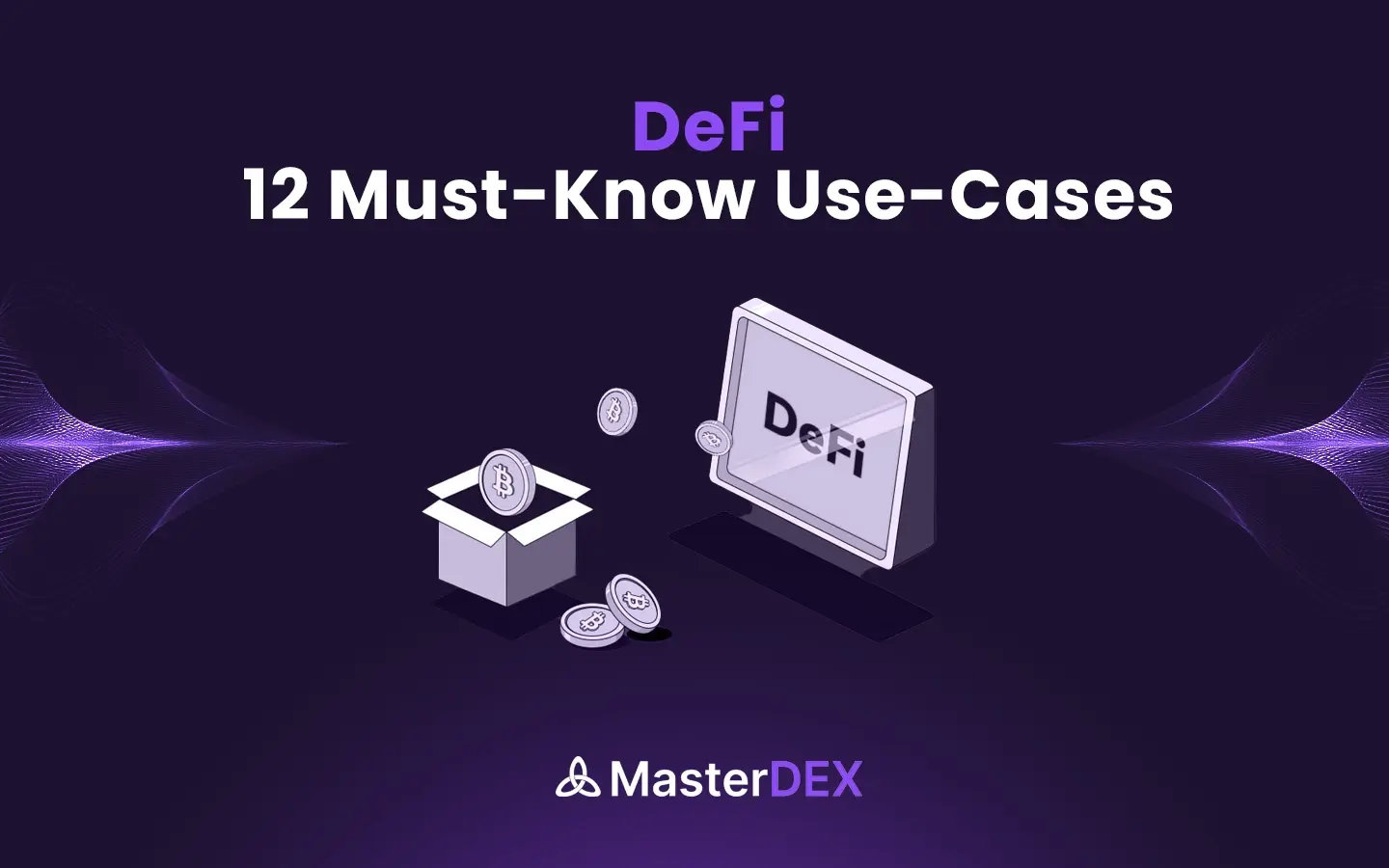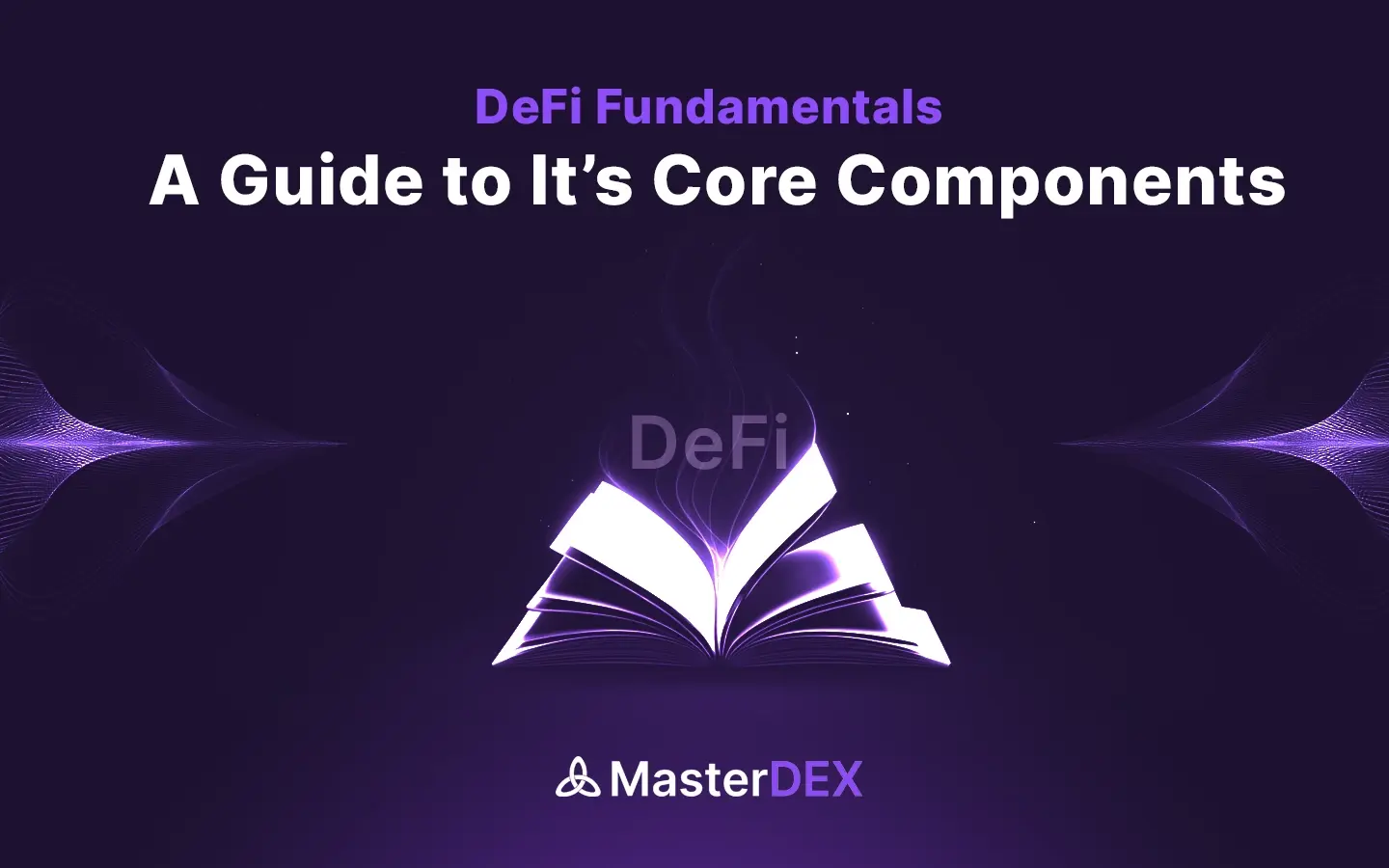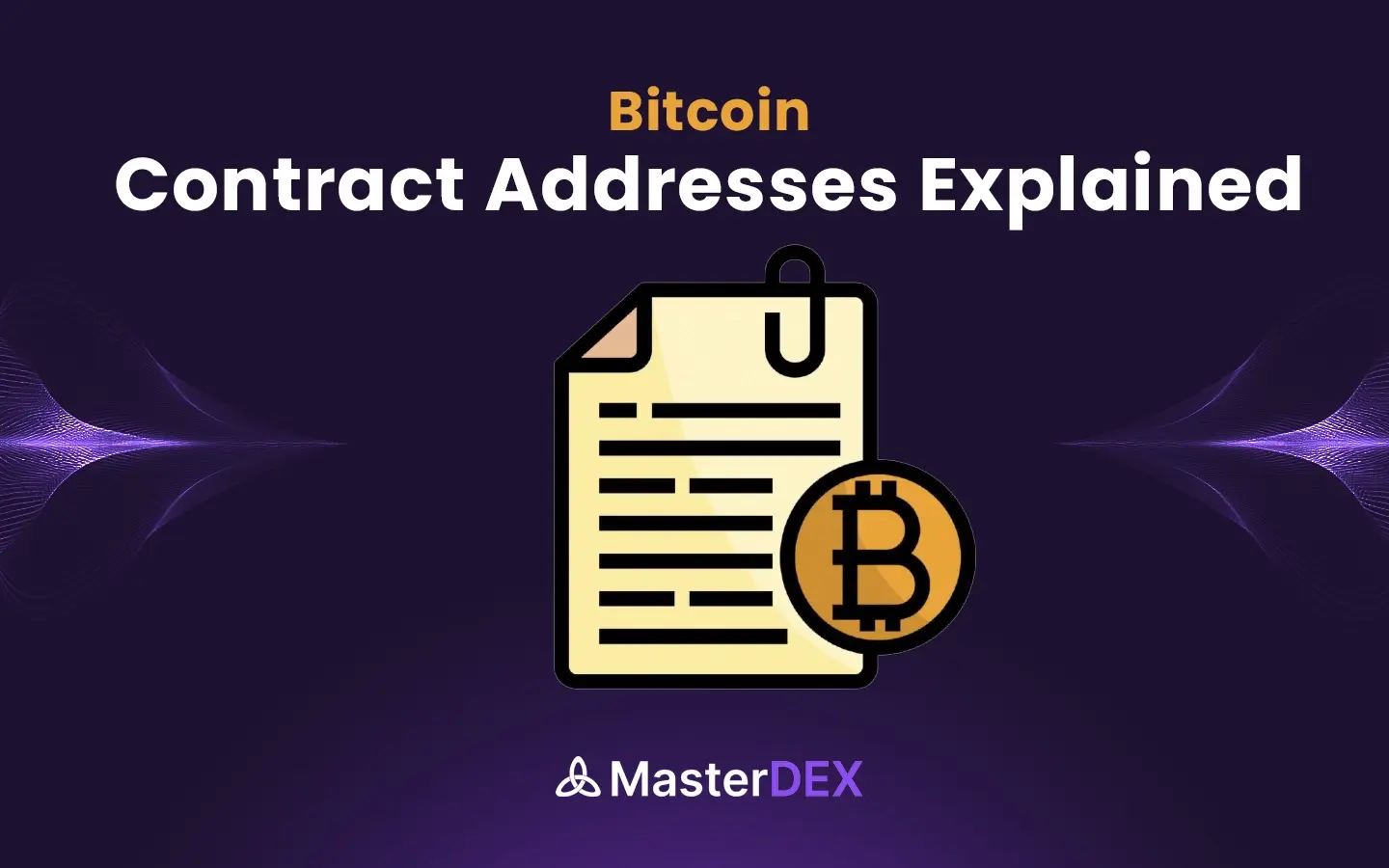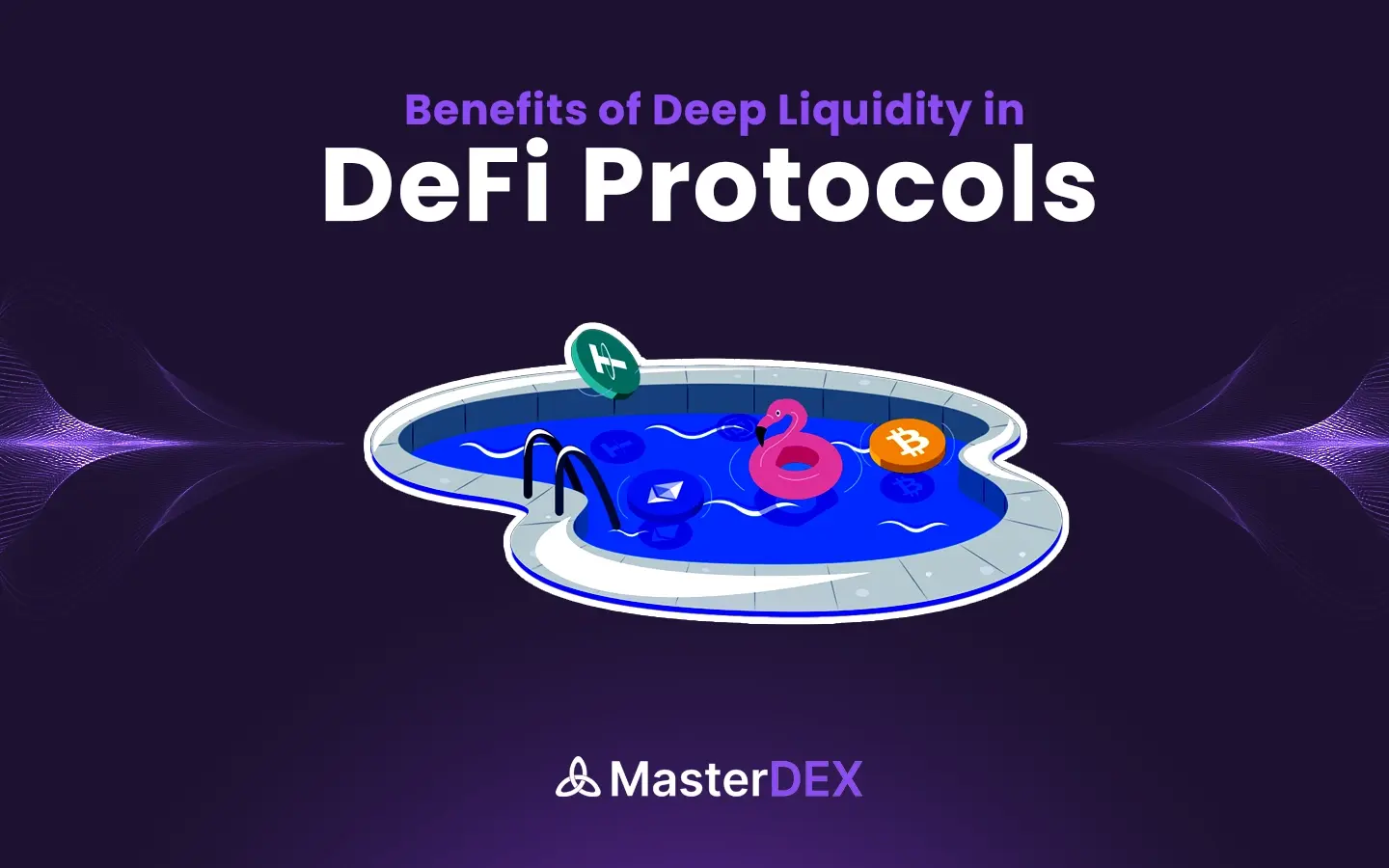Introduction:
The world of cryptocurrencies and blockchain technology has witnessed a significant shift towards decentralization in recent years. One of the key innovations in this space is decentralized exchanges, commonly known as DEXs. These platforms allow users to trade digital assets directly with one another without the need for intermediaries like centralized exchanges. To explore and understand the inner workings of DEXs, we turn to the indispensable tool known as the DEX explorer.
In this comprehensive guide, we will delve into the fascinating world of DEX explorers, their importance, features, and how they contribute to the transparency and accessibility of decentralized exchanges.
Table of Contents:
ToggleWhat is a DEX Explorer?
A DEX explorer is a web-based interface or application that allows users to interact with and explore decentralized exchanges on the blockchain. It serves as a window into the decentralized world, providing users with valuable information about trading pairs, transactions, order books, and historical data. DEX explorers play a pivotal role in making DEXs accessible to users and promoting transparency within the ecosystem.
The Role of DEX Explorers
1. Transparency:
One of the core principles of blockchain technology is transparency. DEX explorers enable users to verify and validate transactions and trades on the blockchain in real-time. Every trade, transfer, and transaction can be traced, providing a high level of transparency and security.
2. Asset Discovery:
DEX explorers serve as a comprehensive database of available assets on a particular decentralized exchange. Users can browse through various tokens, view their details, and assess their trading history, which is crucial for making informed investment decisions.
3. Order Book Information:
Users can access the order book of a DEX through the explorer. This information allows traders to see the current buy and sell orders, helping them analyze market sentiment and make well-informed trading choices.
4. Historical Data:
DEX explorers provide historical data, including price charts, trading volumes, and price trends. This data is invaluable for traders and analysts who want to conduct technical analysis or assess the performance of assets over time.
Features of a DEX Explorer
- Real-Time Data: DEX explorers display real-time information about trades and transactions on the blockchain, ensuring users have the latest data at their fingertips.
- Search Functionality: Users can easily search for specific tokens, transactions, or wallet addresses, streamlining the process of finding relevant information.
- User-Friendly Interface: DEX explorers are designed with user experience in mind, making it easy for both beginners and experienced traders to navigate and access essential data.
- Cross-Chain Compatibility: Some DEX explorers support multiple blockchain networks, allowing users to explore decentralized exchanges on different blockchains from a single platform.
- Advanced Analytics: Many DEX explorers offer advanced analytical tools, such as price charts, candlestick patterns, and trading indicators, to assist traders in making informed decisions.
Popular DEX Explorers
- Etherscan: Primarily for Ethereum-based DEXs, Etherscan provides comprehensive data on Ethereum transactions, tokens, and DEXs.
- BscScan: Tailored for the Binance Smart Chain (BSC), BscScan offers insights into BSC-based DEXs, tokens, and transactions.
- Explorer for Other Blockchains: Several explorers are specific to various blockchains, such as Binance Chain Explorer, Solana Explorer, and Polkadot Explorer, catering to their respective ecosystems.
Conclusion:
DEX explorers are indispensable tools for anyone looking to explore and interact with decentralized exchanges. They empower users with transparency, access to asset information, and real-time data, all of which are essential for making informed decisions in the decentralized finance (DeFi) space. As the blockchain and cryptocurrency landscape continues to evolve, DEX explorers will remain key enablers of trust, accessibility, and usability within the decentralized exchange ecosystem.




